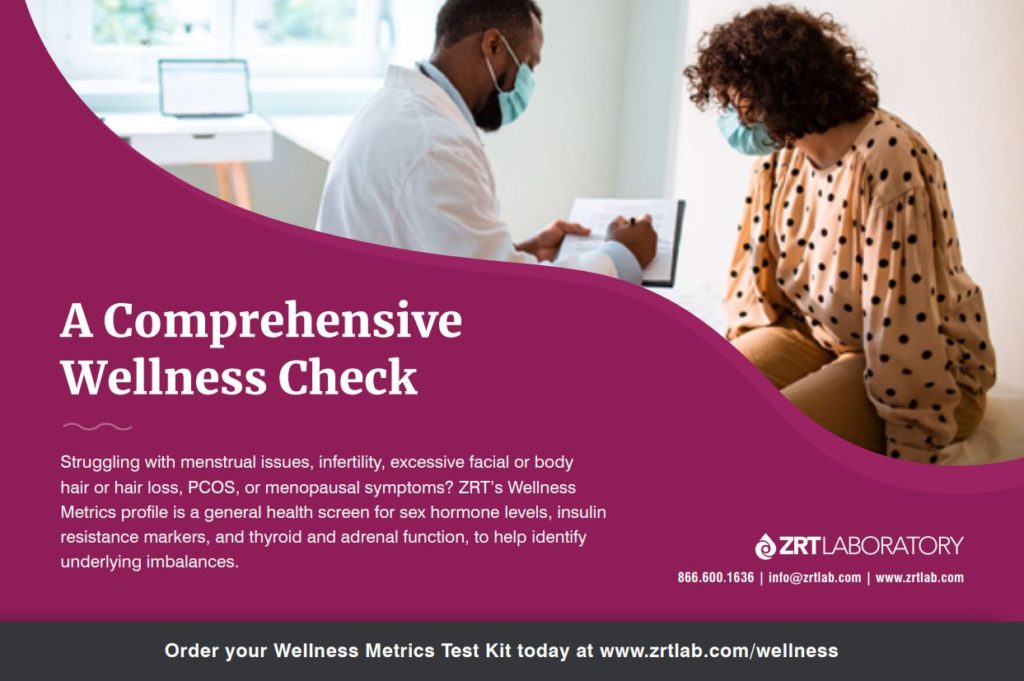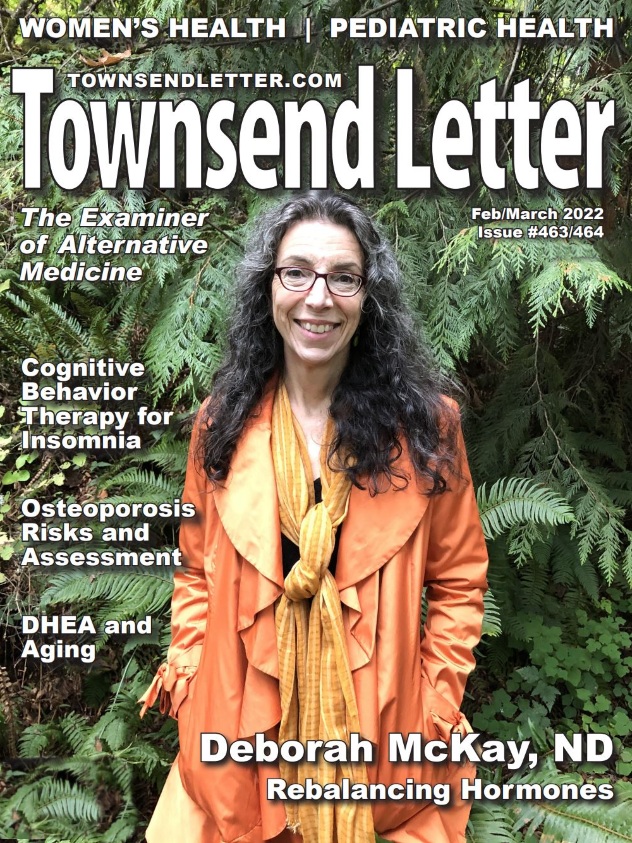The Winter of Our Discontent
Borrowing from the title of John Steinbeck’s last book who in turn borrowed from the first two lines of William Shakespeare’s Richard III, our country has certainly fallen into a state of exhaustion, not so much from moral decay as from decrepitude from social isolation and pandemic angst. The coronavirus has evolved into Omicron, a more contagious but apparently less virulent variant compared to Delta. With its detection in the US in November, a surge of cases, hospitalizations, and deaths has once again developed, although more cases and hospitalizations than deaths. While in the fall restaurants and theatres were opening up, the winter has shut down many public events. Airline cancellations have made travel a nightmare; who wants to face days of lumbering around an airport while awaiting a standby flight to or from a destination? Social media shows folks smiling as they manage to escape to a sunny beach, a brief respite from the insanity that continues in our daily lives. Many corporations ordered folks back to the office in the fall only to backtrack and okay working from home once again. Despite gargantuan shipping blockages in ports from Long Beach to Shanghai, the great Christmas Scrooge did not happen; and consumers were able to buy ever more electronics, apparel, toys, and cars, a cosmetic panacea for our ills. The classroom is open once again, albeit with frequent COVID-19 case shutdowns; yet many kids are being left behind, not just intellectually a year or two, but also impaired from the ongoing social isolation and dependence on TikTok and Instagram for their emotional needs and gratification. Zoom is not how kids are meant to socialize, yet it is a staple of life now. How are we to “get our life back” as folks like to say?
The government has done everything possible to mandate vaccinations. And a growing portion of the population has vaccinated and gotten boosters. In some cities a vaccine passport is the gateway to entry. An “anti-vax” portion of the population refuses to vaccinate and, in some circumstances, wear a mask. The polemics for and against vaccination have become very loud, indeed. Those against vaccination seek tools to battle the virus such as nutraceutical supplements of vitamins D, C, A, glutathione, zinc, and herbals such as elderberry, turmeric, and ginger. Moreover, off-label drugs are requested, especially ivermectin, with pro-vaccinators belittling its use as horse medicine. The use of the psychiatric drug, fluvoxamine, as a treatment support for COVID-19 appears to be very promising, especially as it appears to not only be effective in reducing hospitalizations and death but have less side effects compared to the soon to be approved drug Paxlovid, which likely will experience shortages.
Yet, the biggest obstacle to life returning to normal is the ICU battle zone that continues to plague hospitals. As this is being written just prior to the New Year, hospitals are particularly hard hit in the north of the US, coincidentally the same places with the coldest temperatures and least amount of sunlight. This would ordinarily be the same prevalence of upper respiratory infection and flu that we experience each winter; it is again remarkable that with the Omicron surge, the flu and other respiratory infections have dramatically decreased. Does Omicron compete with other upper respiratory viruses preventing their infecting us? Likely.
Once upon a time we were a carefree albeit careless society and we took our colds and flus out to work, school, into society. We participated in life as we pleased and we took our chances whether we would come down with an illness or not. And the unlucky few did become sick, usually staying home nursing oneself back to health, with those too sick ending up in the hospital. COVID-19 has been a nasty pandemic and a great many folks did die especially in the first year; now the death rate from COVID appears to be tapering off and appears to be similar to what we typically face each year with upper respiratory infections. Sixty percent of the US population is vaccinated with an even higher percentage in those above 65 years old.
My crystal ball forecasts a gradual but definite decrease in this surge as we move through February and March. We have the tools to return society back to normal and we should no longer maintain draconian measures. We also need to regain our neighborliness and no longer socially isolate. Those of us who need additional immune support should avail themselves of all the tools, be it vaccine, nutraceutical, or drug agent. We do need to heal ourselves energetically, as well, by massage and acupuncture, by meditation and fasting, and by bringing in the light and love and prayer.
Cover Article: A Surprising Menopause Case Study by Deborah McKay, ND
The Women’s Health Initiative published in 2002 caused a major upheaval in the treatment of menopausal women. The benefits attributed to the use of estrogen and progestins were largely limited to improvement in vasomotor symptoms; increased risks for developing cancer and cardiovascular disease impugned the use of hormone replacement. It was as if someone turned off the faucet. All at once doctors stopped prescribing Prempro (equine estrogen and medroxyprogesterone acetate) and patients discontinued their prescriptions. A lot of women suffered with hot flashes and felt miserable throughout perimenopause without hormone support.
In the mid-2010s data from the Women’s Health Initiative was reevaluated. Instead of the combined use of estrogen and progestin being held responsible for increased cancer and heart-related deaths, it was the progestogen, Provera, that was being prescribed ironically to prevent uterine cancer, that was thought to increase breast cancer risk and cardiovascular death. Estrogen hormone replacement was determined not only to be without such risks but beneficial for women during menopause. Now university medicine encourages estrogen hormone replacement during menopause and is attempting to reverse the disinformation that estrogen is harmful not only with patients but overly cautious practitioners.
The British physician Katharina Dalton clamored for the use of bio-identical progesterone in the treatment of younger women suffering from premenstrual syndrome. Raymond Peat, PhD, formerly a professor at the University of Oregon, also championed the use of bio-identical progesterone in PMS as well as menopause, condemning the use of progestogens such as Provera, citing evidence that only progesterone behaves appropriately as a hormone while progestins impair normal hormone activity. After the Women’s Health Study threw a cold towel on treating menopausal woman with hormone replacement, Suzanne Somers advocated for the use of hormone replacement but only with the use of bio-identical hormones, writing about her own experiences in several best-selling books.
Jonathan Wright, MD, introduced colleagues in integrative and naturopathic medicine to TriEst, a bio-identical hormone combination of estrone, estradiol, and estriol. The latter, estriol, was an important cancer-sparing estrogen that Wright believed was missing from most hormone-replacement prescriptions. Wright was one of the earliest proponents of testing urinary hormone metabolites, a testing procedure that yielded far more useful information regarding hormone status than blood testing. Based on such testing, Wright proposed that it was necessary to individualize bio-identical hormone prescriptions based on normalizing metabolites that were reduced or increased. Over the past decade salivary testing of hormones and metabolites has developed—blood, urine, and saliva testing of hormones offer multiple means to monitor treatment.
Unfortunately, the FDA is now considering regulating and possibly outlawing compounding pharmacies from making bio-identical hormones. Without compounding, it is likely that women (and men) will be prescribed hormone prescriptions that are unsuitable and potentially harmful. Please write to the FDA and your Congressperson to protest the FDA regulation of bio-identical hormones.
Our cover story in this issue, “A Surprising Menopause,” by Deborah McKay, ND, offers a very informative case review of a 50-year-old woman presenting not just with irregular periods but a “laundry list” of many other disturbing, chronic symptoms. For the practitioner, particular the clinic doc who has 15 minutes to see a patient, how does one manage such a laundry list? Usually by addressing the most pressing single concern verbalized by the patient. As McKay points out, such a limited focus ignoring the full picture portends a dismal treatment response and unlikely successful recovery. McKay discusses the challenging need to understand the multiple system dysfunction, each necessitating individual assessment and intervention. McKay, who is a bio-identical hormone specialist in Portland, Oregon, and is a founding member of EndoANP, emphasizes the need to educate the patient in order to achieve dietary and lifestyle changes and compliance with hormone, herbal, and nutraceutical prescriptions. McKay also emphasizes that one cannot ignore the emotional blocks that impact the healing process and offers some in-office tools for the practitioner to use.
The case is presented in two parts as originally published in NDNR in 2019. I would recommend pausing after reading part 1 and consider what you would do on follow-up visits with the patient.
Reducing Osteoporosis Risk of Fractures by Tori Hudson, ND

A lot of my patients confuse osteoporosis with osteoarthritis. They are aware that untreated osteoporosis may lead to a hip fracture, but they will attribute arthritic pain to their osteoporosis. For some it is difficult to understand that thinning of the bones does not lead to pain unless a vertebral or wrist bone has fractured. Then there is the confusion when a hip is broken following a fall; was the fall first breaking the hip or vice-versa. In any case, until the fracture happens, like hypertension, osteoporosis is a silent condition. And like hypertension, unless you take a measurement, bone density, there is no evidence that bone loss is taking place.
The question that we need to ask is how do we reduce the chances of a fracture occurring? The logical assumption is that if we can stop bone loss or even better, regrow bone, the risk of a fracture is reduced. But growing back bone is not a simple task. Certainly, it is nothing like what a recent monthly doctor’s newsletter claimed: “…the natural secrets you NEED to get bones of steel!” Bones of steel? Hah. The population we are focusing on are individuals over age 65 who are becoming more and more osteoporotic as each year slips by. If we can manage to get Mrs. Jones through her 80s without a bone fracture, that is the hallmark of good osteoporosis care. No one is seeking super strong bones.
Still patients are rightfully concerned about being placed on prescription medication to address osteoporosis. Many of these medications pose significant side effects, not a pleasant way to spend one’s golden years. On the other hand, do we truly have effective nutraceutical tools to counter osteoporosis fracture risk? Tori Hudson, ND, tackles this question in this issue. No matter what our distaste may be for pharmaceuticals, if the bone density reveals worsening osteoporosis, drug therapy is probably required.









